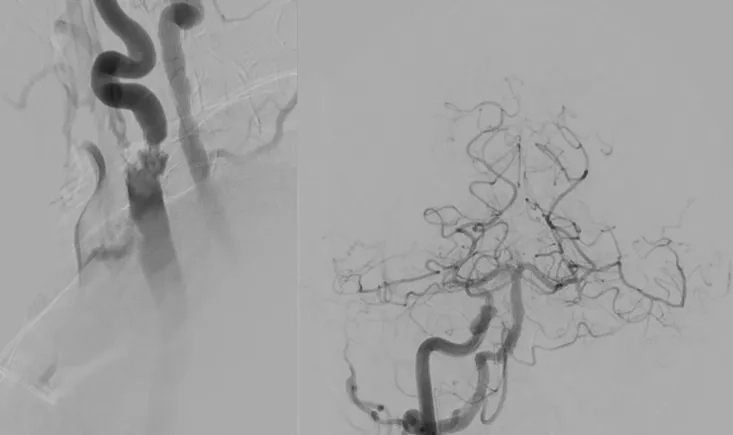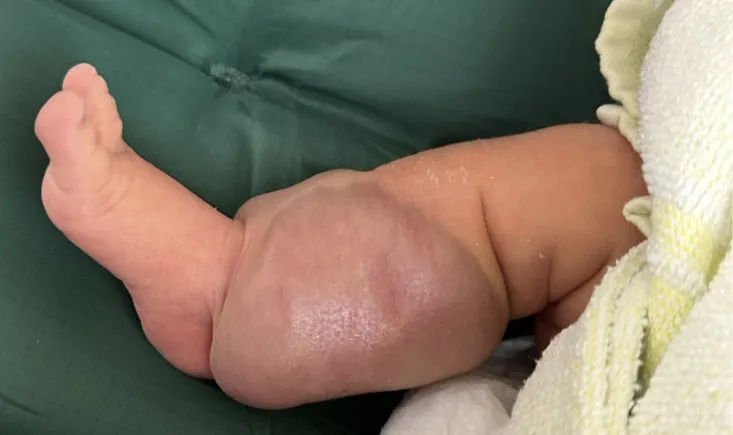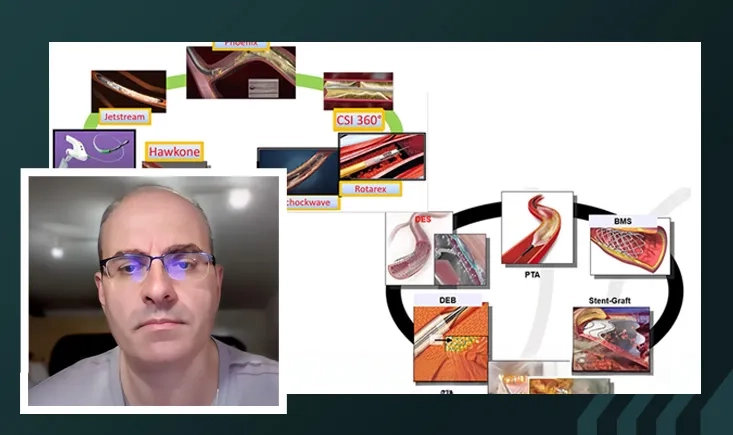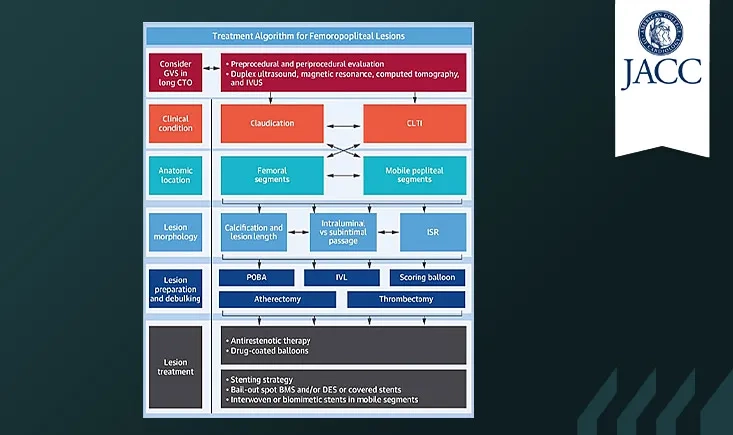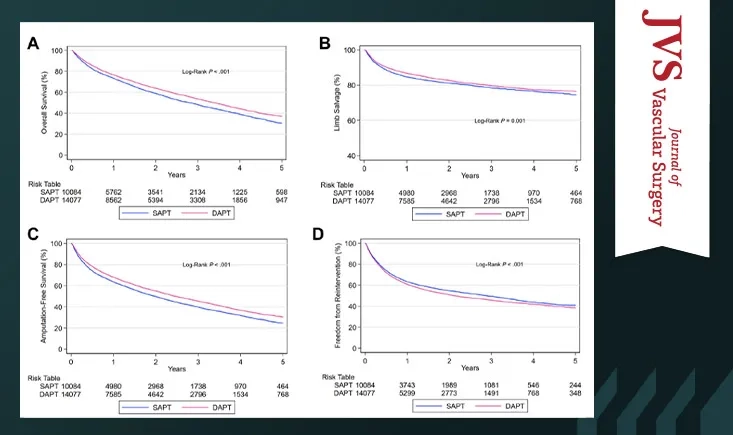Cases and resources in vascular techniques
This section provides a selection of cases and resources provided by experts in vascular techniques.
Prof. Resch and Dr. Raffort-Lareyre explore the aortic chapter of the PVI Trials Book, highlighting pivotal studies—STAGED-FEVAR, META-TAAA, SEXAAA, and UK-COMPASS—that are shaping modern endovascular and aortic practice. Discover how these trials influence clinical decisions and why the Trials Book remains an essential guide for vascular specialists.
Pelvic venous disorders are becoming an increasingly important topic in vascular care. In this interview, Dr. Jorinde van Laanen and Dr. Diego Ruiz Chiriboga cover patient pathways, multidisciplinary approaches, the upcoming updated Trials Book chapter, current studies including coiling of incompetent veins, and dedicated sessions on pelvic disorders. A must-watch for clinicians looking to stay on top of this evolving field.
A 72-year-old patient with severe left carotid stenosis and contralateral occlusion raises a critical treatment challenge. Discover the case details and join the discussion on revascularisation strategy and device selection.
A rare, aggressive AV malformation in a 7-day-old baby, diagnosed as Kaposiform hemangioendothelioma, poses a high risk of rapid growth and severe bleeding. What treatment offers the best chance to control this life-threatening condition?
What’s the best way to tackle femoropopliteal lesions today? Prof. Grigorios Korosoglou shares the key points of a new algorithm designed to guide lesion preparation and treatment choices. Based on patient condition, lesion type, and crossing technique, this expert-backed framework helps clarify when to use tools like atherectomy, lithotripsy, or DES. Get the essentials in just a few minutes!
Prof. Athanasios Saratzis highlights key gaps and new directions in PAD research with recent and upcoming RCTs.
A high-risk 60-year-old male with multiple cardiovascular comorbidities presented with a > 70 % calcified ulcerated stenosis of the left internal carotid artery. Imaging confirmed diffuse parietal disease and a Type I arch. This case explores the therapeutic strategy and technical approach used to manage carotid revascularisation safely and effectively.
This article proposes a consensus-based algorithm for endovascular treatment of chronic femoropopliteal lesions, detailing imaging, lesion preparation, and definitive therapies to guide personalised treatment.
This subgroup analysis of the IVUS-DCB randomised trial compared IVUS- versus angiography-guided DCB angioplasty in patients with femoropopliteal artery disease. The results? IVUS significantly improved 12-month outcomes — but only in complex lesions. Get the details and clinical implications in this focused publication review.
For patients with chronic limb-threatening ischemia (CLTI), the optimal antiplatelet strategy after infrainguinal endovascular intervention remains uncertain. This study uses data from the Vascular Quality Initiative–Medicare-linked database (2011–2019) to compare the impact of dual vs. single antiplatelet therapy on amputation-free survival at 1 and 5 years.


